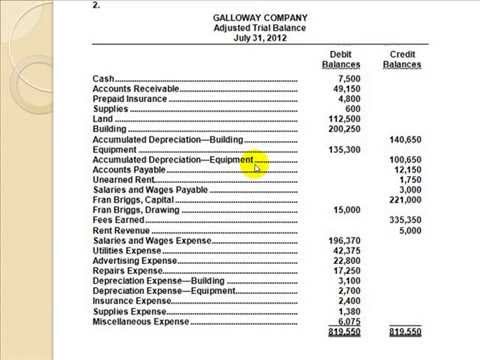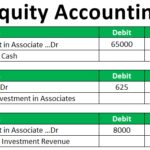How to reconcile bank statements to QuickBooks Online

You’ll need a few items to perform a bank reconciliation, including your bank statement, internal accounting records, and a record of any pending cash transactions (either inflows or outflows). To reconcile means to “make one view or belief compatible with another.” In accounting, that means making your account balances equal to one another. More specifically, a bank reconciliation means balancing your bank statements with your bookkeeping. When you reconcile to your bank statements, you are verifying that each transaction posted in QBO is an actual transaction. This is done in order to check for potential data-entry errors, such as duplicate transactions, missing transactions, or incorrectly entered transactions.

How to get to the QBO bank reconciliation window
Make sure you’re using the very first bank statement for that account. You may have to go back many months and then move forward, reconciling one month at a time. If it’s impossible to start your reconciliation in the first month of the bank account, you might need an experienced bookkeeper to help with your first reconciliation to get form 1099-int: interest income definition you on track. The top of the report will display summary information similar to the top of the reconciliation screen. Perhaps the most useful information on the report is the list of uncleared, or outstanding, checks and deposits, which you’ll find at the bottom.
We offer reconciliation reports, discrepancy identification, and live accountants to work with for ease and confidence when closing your books. It’s important to perform a bank reconciliation periodically to identify fraudulent activities or bookkeeping and accounting errors. This way, you can ensure your business is in solid standing and never be caught off-guard.
Trace the transactions from the detailed list to your bank statement. When you have a match, click the radial button next to the transaction and place a checkmark next to the transaction on your bank statement. When you click a radial button, the transaction will be reflected in the summary of cleared transactions at the top of the screen. Book transactions are transactions that have been recorded on your books but haven’t cleared the bank. As a small business, you may find yourself paying vendors and creditors by issuing check payments. Note that this process is exclusively for reconciliations performed by hand.
Balance One Transaction Type at a Time
Today, we will guide you through the step-by-step process of running a bank reconciliation report in QuickBooks Online, providing you with the tools to navigate through your company’s financial data with confidence and precision. By following these steps, you will gain valuable insights into your financial transactions, including the beginning balance, deposits, checks, and any potential discrepancies. We will discuss the importance of regularly conducting bank reconciliation reports and offer practical solutions for addressing any discrepancies that may arise.
Add bank-only transactions to your book balance
QuickBooks Online, our best small business accounting software, can help you ensure the accuracy of your bank transactions with its excellent bank reconciliation feature. You’ll be able to identify discrepancies, such as bookkeeping errors or omissions. Many bank statements will separately summarize deposits and withdrawals as does the summary at the top of the QuickBooks reconciliation screen.
Now, simply hiring employees compare the transactions on your statement with what’s in QuickBooks. The tricky part is making sure you have the right dates and transactions in QuickBooks so you know everything matches. To verify whether you’re using the Business View, click on the cog wheel at the top right-hand corner of your QuickBooks dashboard, and check whether the button on the lower right-hand says Switch to Accountant view, as shown below.
- These transactions include interest income, bank deposits, and bank fees.
- The bottom of the screen contains a running total of items you have checked off, and thus have been reconciled.
- This frequency of running reconciliation reports is crucial in managing the sheer volume of daily transactions that businesses deal with.
- With QuickBooks, you can easily reconcile bank accounts to ensure that the dollars you record are consistent with the dollars reported by the bank.
- You should perform monthly bank reconciliations so you can better manage your cash flow and understand your true cash position.
Checklist for the end of your small business’ fiscal year
(If you’re in the middle of reconciling, stay on the page you’re on and skip to step 4). Selecting the correct account for reconciliation sets the foundation for a streamlined and accurate reconciliation process, ultimately contributing to financial transparency and clarity. Finally, compare your adjusted bank balance to your adjusted book balance. Since you’ve already adjusted the balances to account for common discrepancies, the numbers should be the same. There will be very few bank-only transactions to be aware of, and they’re often grouped what are the types of transaction in accounting together at the bottom of your bank statement.
